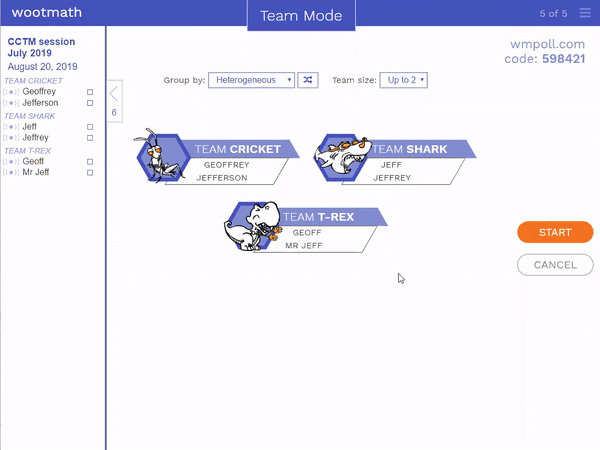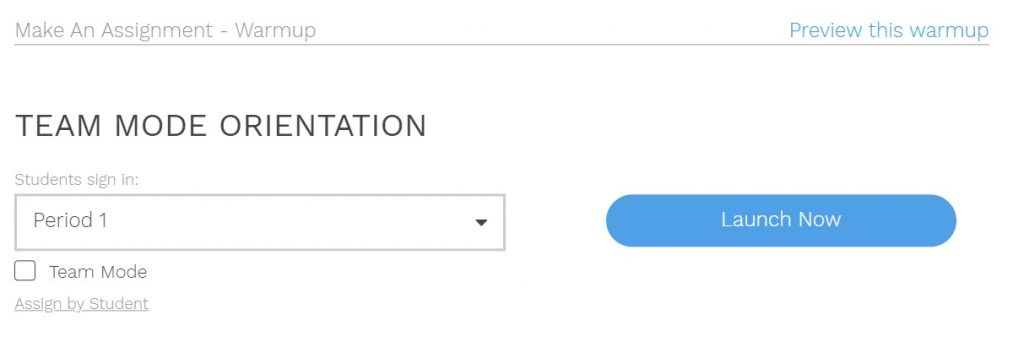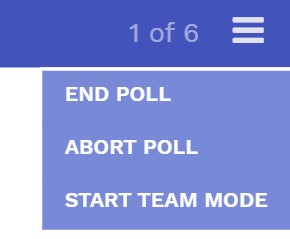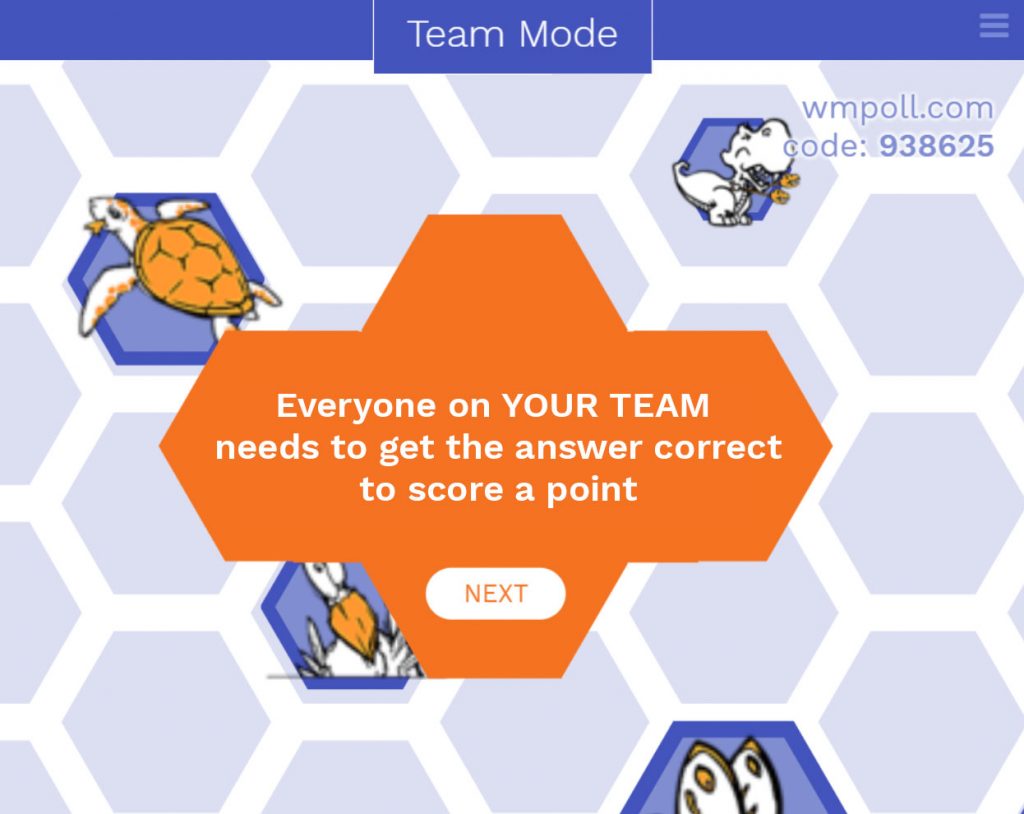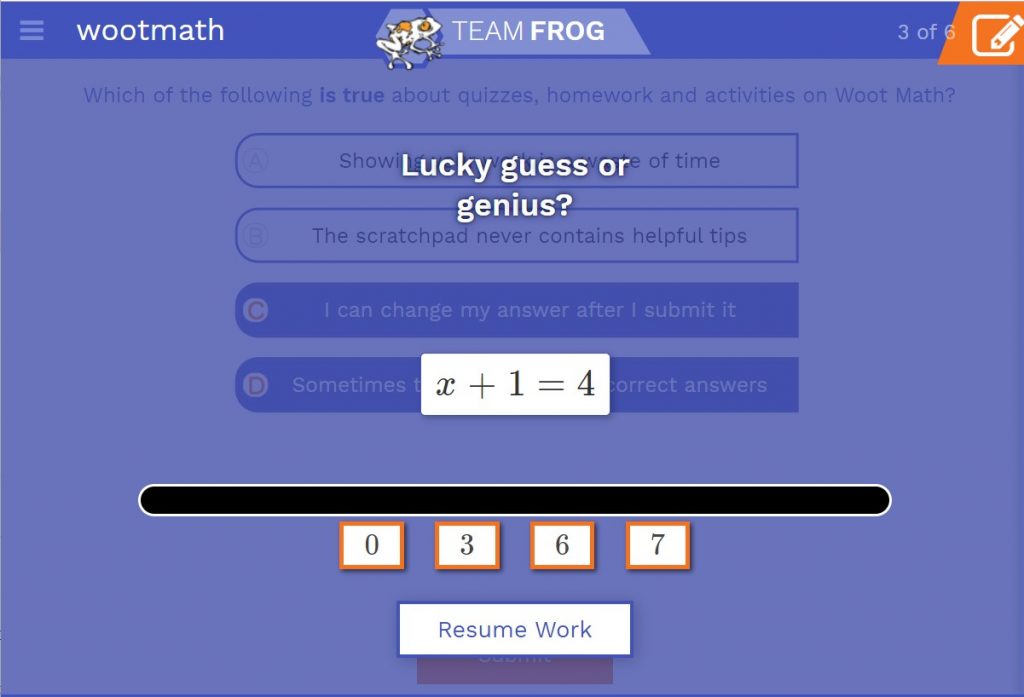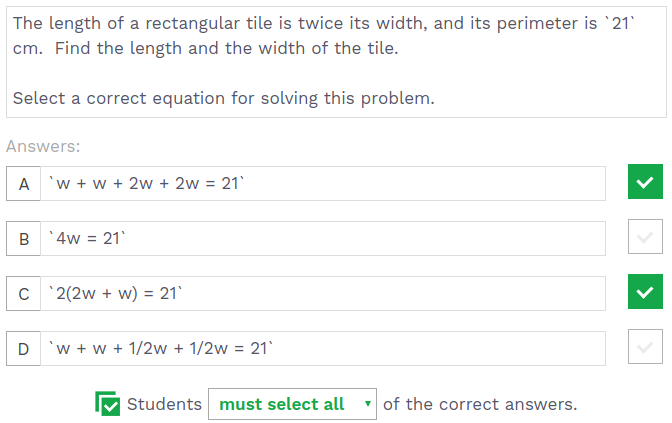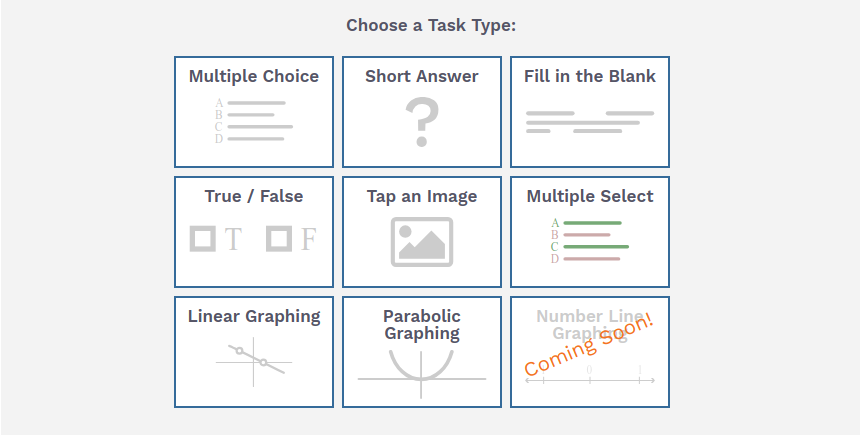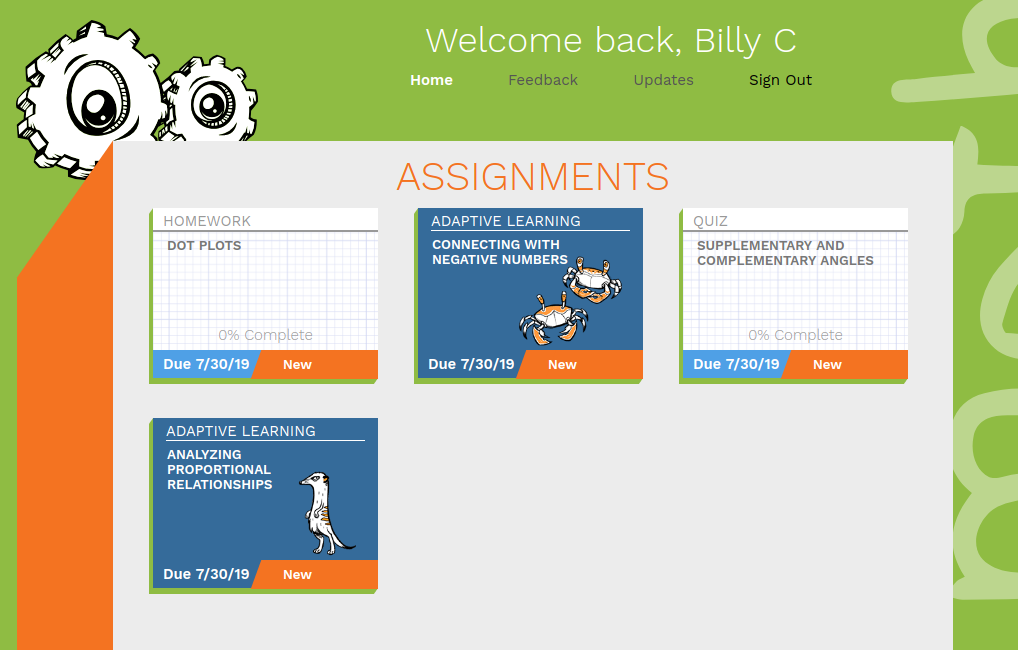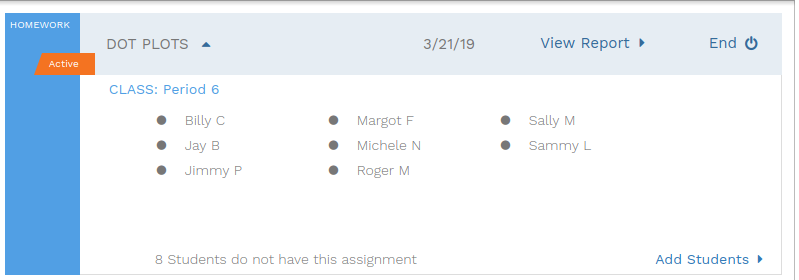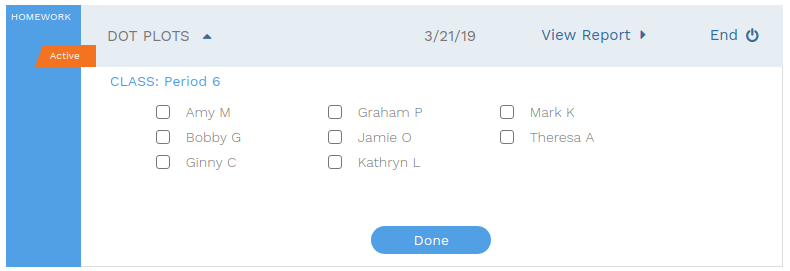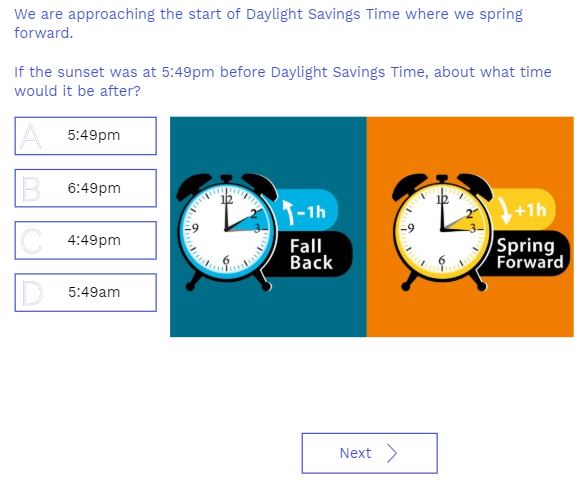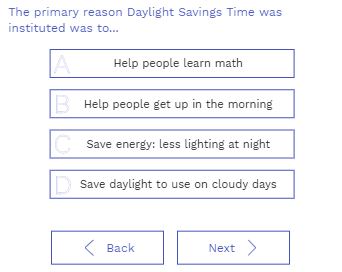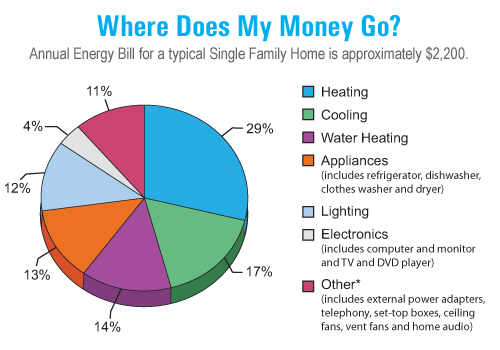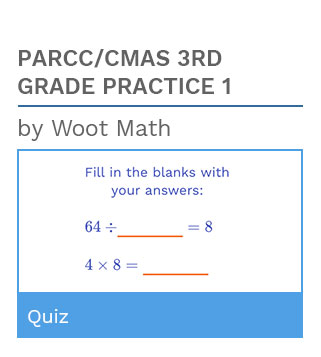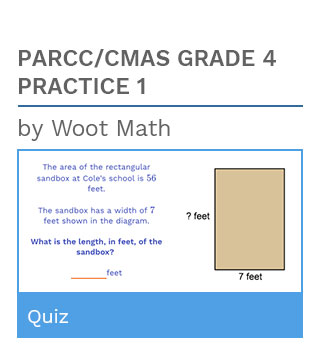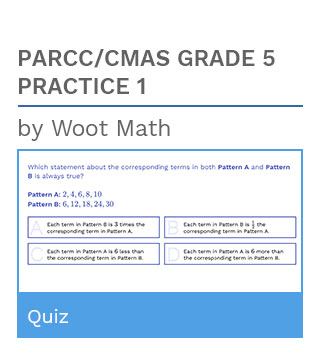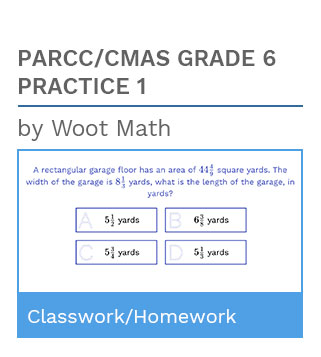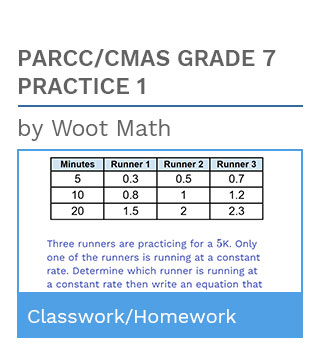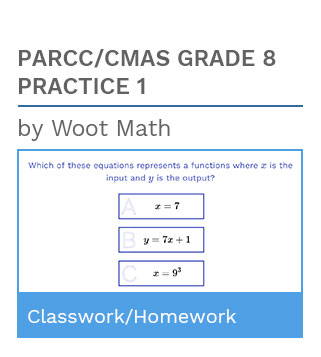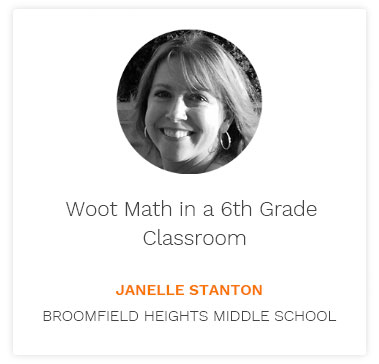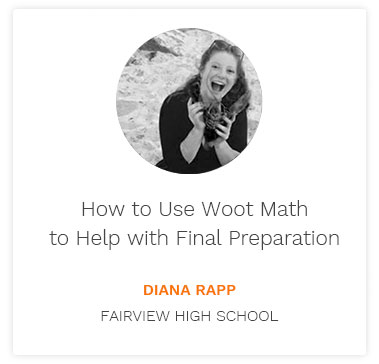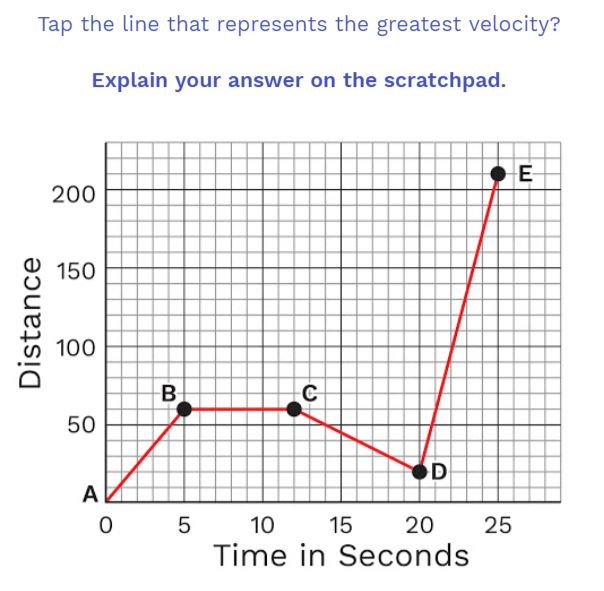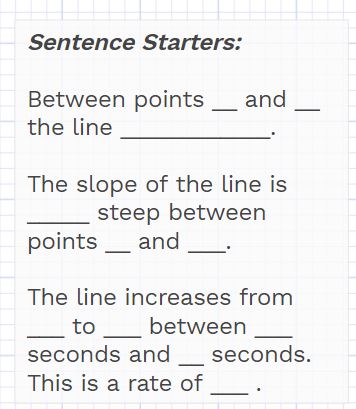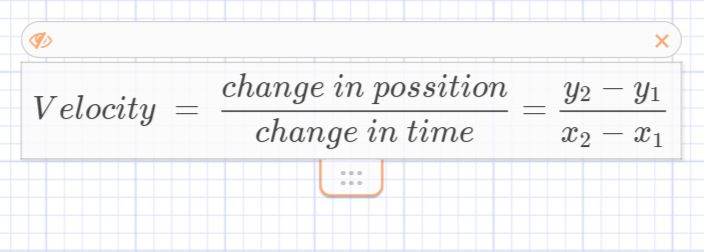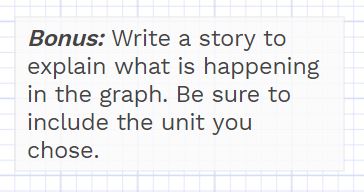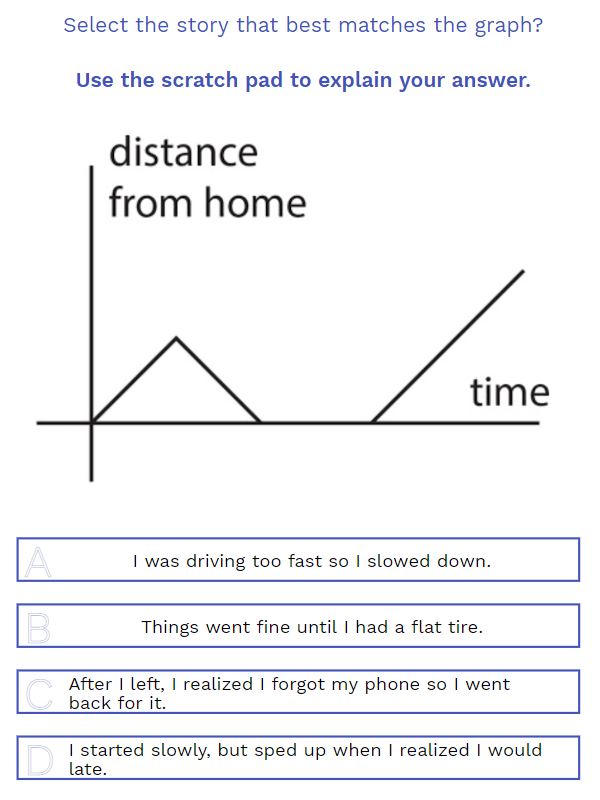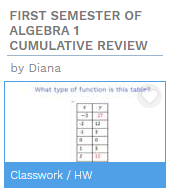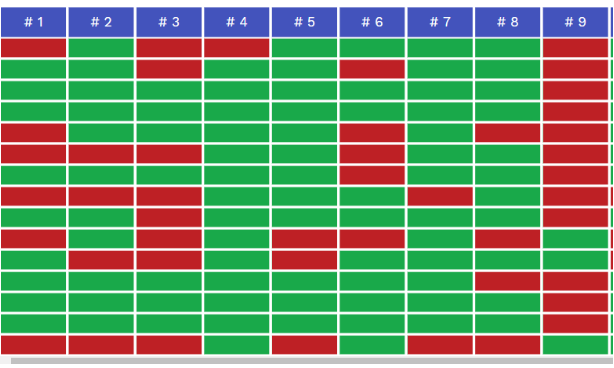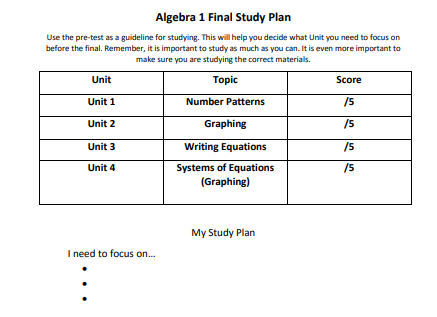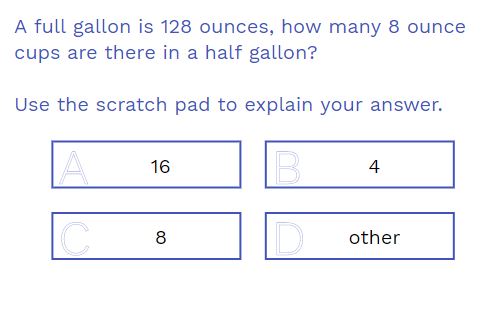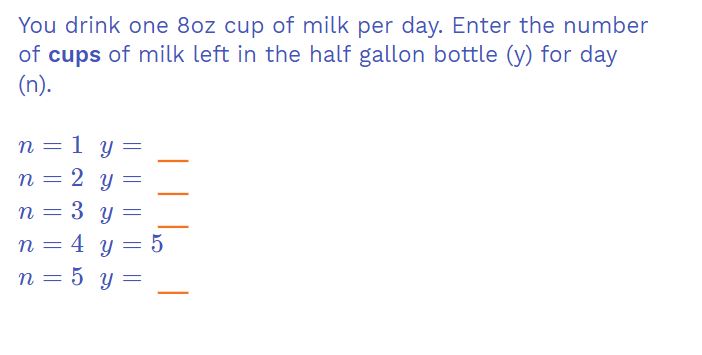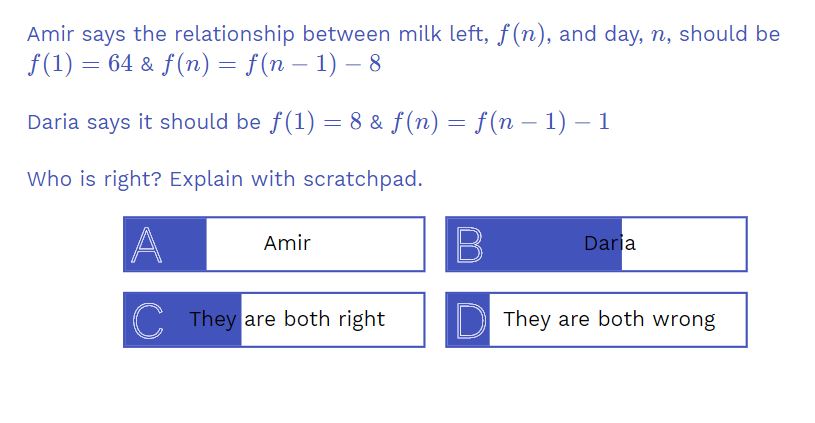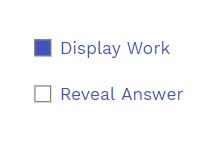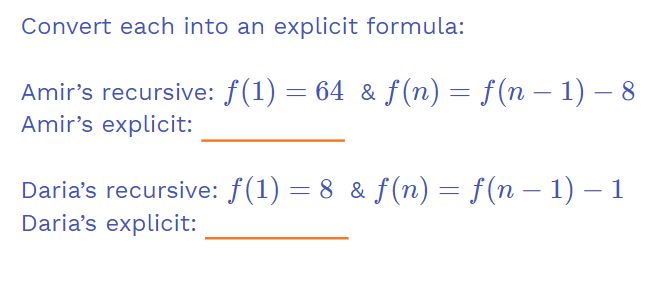New Tie Breaker Feature in Team Mode Promotes Positive Interdependence
- By Woot Math
- March 16, 2020
- 8:36 pm
- No Comments
This week we launched a new feature to provide teachers the opportunity to encourage students to work and collaborate to make sure everyone on the team knows how to solve the problem. Teachers can now award half points to teams who do a great job showing their work. This incentive encourages students to engage in the activity and show their best work. Also, it helps break ties at the end of team mode. Let’s jump right into how it works.
How it works
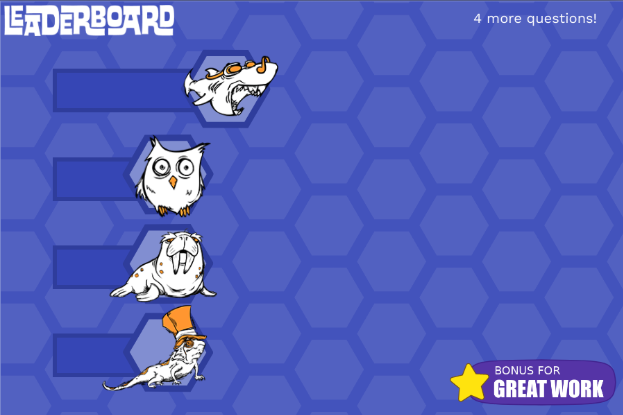
This view anonymously shows samples of each team’s work. It’s up to you to determine which team(s) should be awarded a ½ point bonus for showing great work. Or you can use this as an opportunity to award partial credit to a team that’s demonstrated a good effort, but didn’t quite get to the correct answer. If multiple teams show excellent work, feel free to award as many teams as you wish with the bonus. When finished, click “Done” to see the fun animated results on the leaderboard. Those teams receiving the bonus will see a gold star next to their avatar for that round.
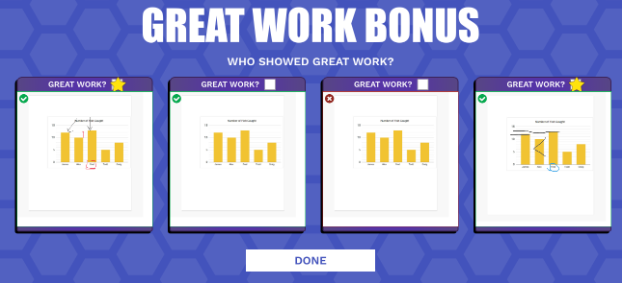
Positive Interdependence
This feature arose out of requests for more ways to support teachers as they promote positive interdependence during group work. Groups work best when everyone is engaged, participating and working together.
Positive Interdependence has two components. Positive correlation of outcomes and student dependence on one another for success. When students do well, their team does well. When they just copy the answer and don’t engage with the problem, they bring the group down. The group outcomes are positively correlated to the individuals outcomes. Also, the group should have incentive to depend on one another. When you help your peers understand how to solve a problem, the team does better.
Team mode already promotes interdependence since everyone in the team needs to have the right answer to get the point. The bonus point feature takes this a step farther, not only does everyone need to have the right answer, they need to show how to solve the problem…no more relying on that one teammate who knows the right answer. Now students have more incentive to work together to make sure everyone on the team understands the mathematics. Instead of pinning students against one another, Woot Math is getting students to work together on teams to be instructional resources for one another.
This new feature also supports teachers as they work to create a culture in the classroom where students work together. A teacher doesn’t have to use the ‘great work button’ often, just enough so students know they are accountable and need to show work for their team to be successful.
Tie Breaker
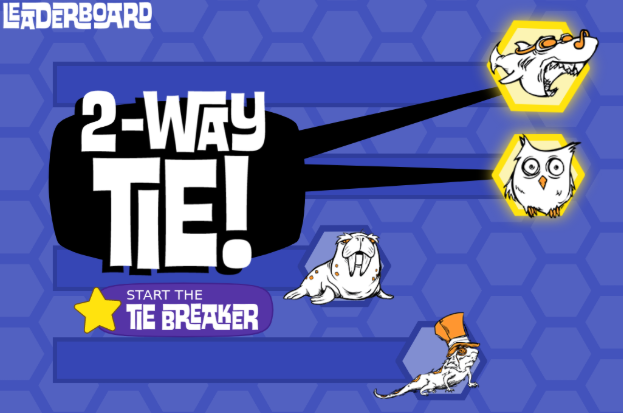
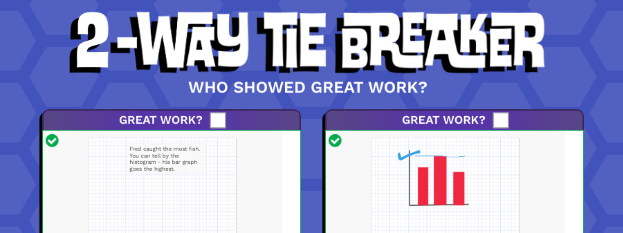

We hope you enjoy team mode and please don’t hesitate to reach out with success stories, questions, tips or questions.
Visit our page on Formative Assessment for more on how to use this free tool in your classroom.


